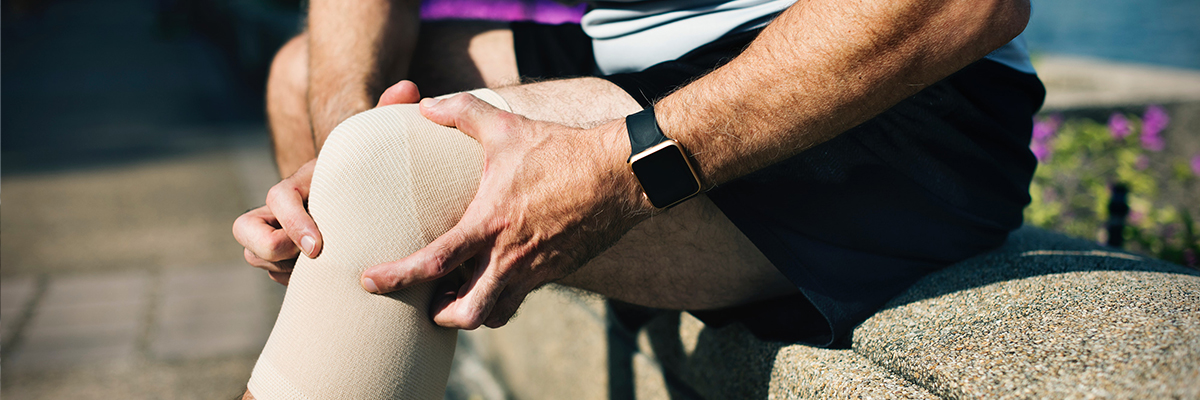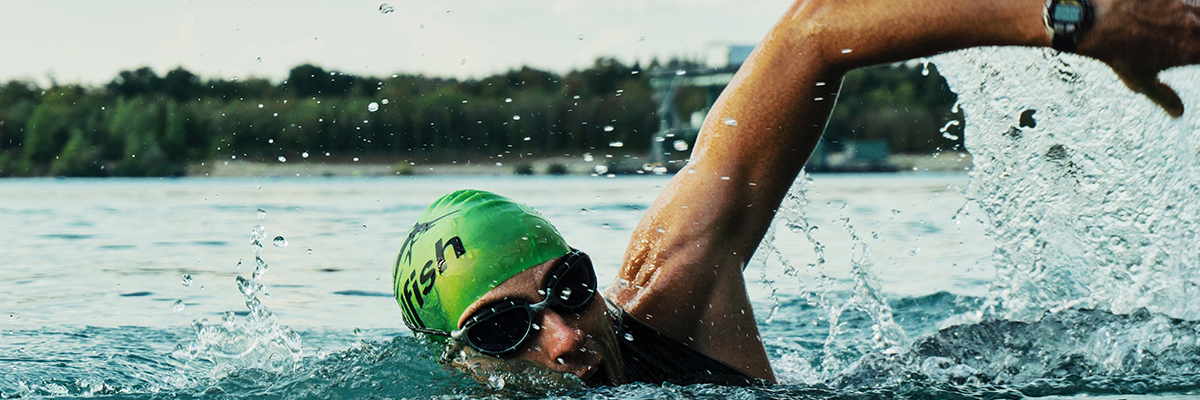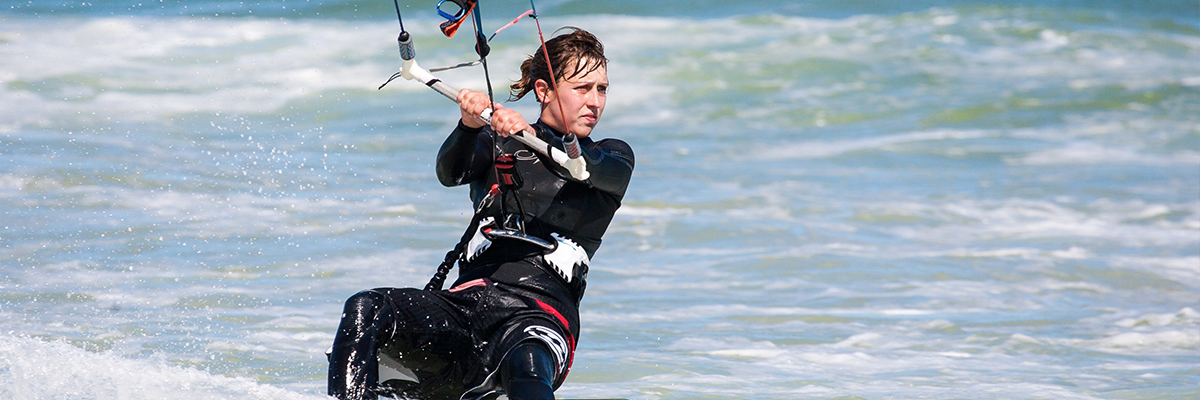Long-term Outcomes After Osteochondral Allograft: A Systematic Review at Long-term Follow-up
To (1) evaluate long-term outcomes of osteochondral allograft (OCA) with regard to clinical outcome scores, reoperation and failure rates, and (2) examine if certain factors predispose patients to worse outcomes.
Read moreHigh Failure Rate of a Decellularized Osteochondral Allograft for the Treatment of Cartilage Lesions
With a 72% failure rate within the first two years of implantation at two institutions, the Chondrofix implant does not exhibit similar outcomes to fresh osteochondral allografts.
Read moreOsteochondral Allograft Transplantation of the Femoral Trochlea
This paper evaluates the osteochondral allograft (OCA) clinical outcomes and survivorship in the femoral trochlea.
Read moreMeniscal Allograft Transplantation in the Adolescent Population
Traditionally, meniscal allograft transplantation (MAT) has been thought to be contraindicated in skeletally immature patients. This reports the results of MAT performed in an active adolescent population with a minimum of 2-year follow-up.
Read moreProper Cartilage Status for Meniscal Allograft Transplantation Cannot Be Accurately Determined
Mild or tolerable symptoms did not always mean that the articular cartilage was well preserved; more observation should be undergone to determine possible chondral damage pre-operatively.
Read moreFresh OCA Transplantation for Treatment of Unstable Osteochondritis Dissecans of Capitellum in Elbow
This article describes an OCA transplantation technique for the treatment of OCD of the humeral capitellum and report mid-term follow-up results.
Read moreIs Sport Activity Possible After Arthroscopic Meniscal Allograft Transplantation?
Twenty-five (28%) of patients were participating in sporting activities at a competitive level and the remaining 72% were at a recreational level prior to their injury
Read moreOsteochondral Allograft Transplantation for Femoral Trochlear Dysplasia
The osteochondral allograft transplantation surgery technique for treatment of instability resulting from trochlear dysplasia with patellofemoral chondromalacia allows patients to have a stable, pain-free knee joint and participate in activities compared to nonoperative management.
Read morePrevalence of Associated Lesions in Anterior Cruciate Ligament Reconstruction
To determine if there is a correlation between time to ACL reconstruction and the prevalence of meniscal tears or cartilage injuries present at surgery. Also, to identify the optimum timing of ACL surgery to decrease the risk of developing any additional injuries.
Read moreRisk Factors for Revision Following Primary Allograft ACLR
After adjusting for patient age, gender, and body mass index, they found that the BioCleanse® technique—which sterilizes tissue through oscillating positive and negative pressure in the presence of detergents and sterilants—and irradiation with more than 1.8 Mrad were associated with a higher risk of revision after 1 year, compared to the other graft processing methods.
Read moreOptimising Femoral-Head Osteochondral Allograft Transplantation in a Preclinical Model
To test the efficacy of using osteochondral autografts and allografts in the femoral head of canines as a translational model for humans.
Read moreReturn to Sport After Articular Cartilage Repair in Athletes’ Knees: A Systematic Review
The purpose is to perform a literature review to determine which surgical interventions allow athletes to return to their pre-injury level of competition.
Read moreOsteochondral Allograft MRI Scoring System in the Knee: Interobserver Agreement & Clinical Application
To validate OCAMRISS for clinical use through the assessment of interobserver variability and to also determine which radiological features show correlation with clinical outcome.
Read moreUse of Osteochondral Allograft Transplantation for Primary Treatment of Cartilage Lesions in Knee
Osteochondral allograft (OCA) transplantation is typically utilized as a salvage procedure after other more conservative methods have failed. The purpose of this study was to evaluate OCA transplantation outcomes when the procedure is used as a primary treatment method for cartilage injuries in the knee.
Read moreMeniscal Allograft Arthroplasty For The Treatment Of Trapeziometacarpal Arthritis Of The Thumb
The results suggest that meniscal allograft arthroplasty is a viable option in the surgical management of stages II and III arthritis of the TM joint. Further follow-up and clinical studies are warranted.
Read moreHumeral Head Allograft Has Shown Significant Improvements In Shoulder Motion
Humeral head allograft—most commonly used in the setting of large Hill-Sachs lesions due to instability—has shown significant improvements in shoulder motion
Read moreHumeral Head Reconstruction with Osteochondral Allograft Transplantation
Reviewing the clinical evidence associated with the use of osteochondral allograft transplants for large defects of the humeral head.
Read moreMeniscal Transplantation in Symptomatic Patients Under Fifty Years of Age: Survivorship Analysis
To determine the long-term results and survivorship of meniscal transplantation in a consecutive series of 38 patients.
Read moreMagnification Marker User Guide
Steps outlining the correct use of a magnification marker.
Read more Download PDFOrdering allografts with JRF Ortho
Tips for expediting your fresh osteochondral allograft, tendon and meniscus orders
Read more Download PDF



